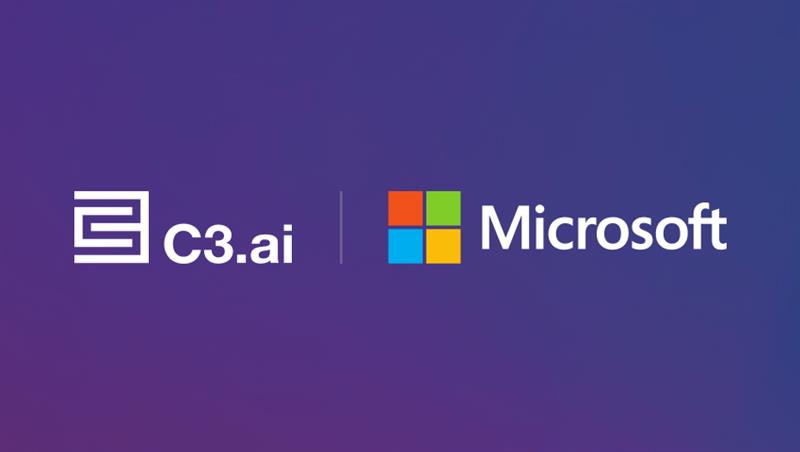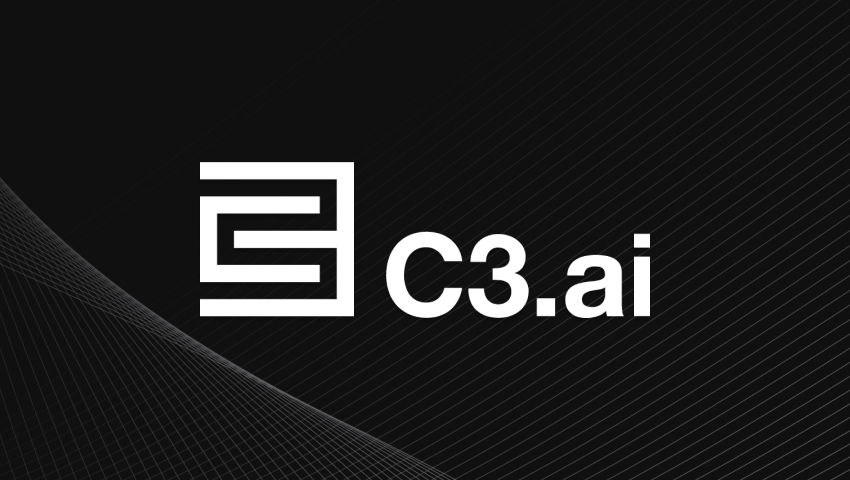Baker Hughes and artificial intelligence software provider C3.ai link up to launch BHC3 Reliability application to alert operators to potential equipment failure.
A joint venture of US-based oilfield services company Baker Hughes and software provider C3.ai has launched the first in a series of artificial intelligence (AI) software applications for oil and gas operations that the companies say uses machine learning to spot anomalous conditions that can lead to equipment failure and interrupt both upstream and downstream processes.
The application, dubbed BHC3 Reliability, uses “deep learning predictive models, natural language processing, and machine vision” to aggregate data from many sources throughout a plant in a “system of systems approach” that alerts operators to potential equipment failure and recommends actions, Baker Hughes said.
While the company has offered digital technology for asset performance management and controls for some time, the integration of AI marks a significant step up, said Baker Hughes chief executive Lorenzo Simonelli.
The new offering draws on the software and “single-point solutions” in the company’s portfolio — technologies designed to address a specific issue — but the inclusion of AI “now provides a platform where we can predict, we can anticipate failures, and we can really portray what the future will look like,” Simonelli told Upstream.
Of the joint venture, Simonelli said: “What we saw was an emerging theme where artificial intelligence was becoming the next wave and we thought the best way to go about entering the industry was partnering.”
Silicon Valley-based C3.ai is recognized for bringing AI technology to large-scale industrial applications, most prominently in utilities.
C3.ai founder and chief executive Thomas Siebel, last week joining Simonelli in a conference call from a Baker Hughes digitalization conference in Monaco, said the joint venture “consists of extensive joint development to build out an entire AI roadmap of solutions that address the complete value chain — upstream, midstream, downstream, predictive maintenance…the whole gamut.”
The application of AI to commercial and industrial processes, Siebel said, means “we’re able to solve classes of problems today that were unsolvable not very long ago — we can predict things today with very high levels of accuracy.”
AI-enabled systems for predictive maintenance differ from current “rules-based” systems, which rely on calculations to gauge reliability, said Siebel, author of the 2019 book Digital Transformation: Survive and Thrive in an Era of Mass Extinction.
“This would be the application of machine learning and deep learning to the problem.”
Simonelli added: “This (application) is truly predictive in the algorithmic set-up… it continues to learn and to educate itself. It continues to improve.”
Artificial intelligence is necessary to make sense of the huge amount of information being collected and processed as companies ramp up digitalization.
While Baker Hughes will continue to provide single-point solutions, Simonelli said: “The amount of computational data and the amount of information on all these edge devices is so vast that you move into a world where you can’t have the single-point or rules-based (systems) any longer.”
The joint venture is rolling out a suite of AI-enabled software applications that tackle several challenges for oil and gas operations, including production optimization, well integrity, inventory optimization and hydrocarbon losses due to theft or leaks.
Wider adoption of artificial intelligence will help the industry address the “megatrends” under way, including emissions reduction and remote operations, Simonelli said.
Read the original article here.



